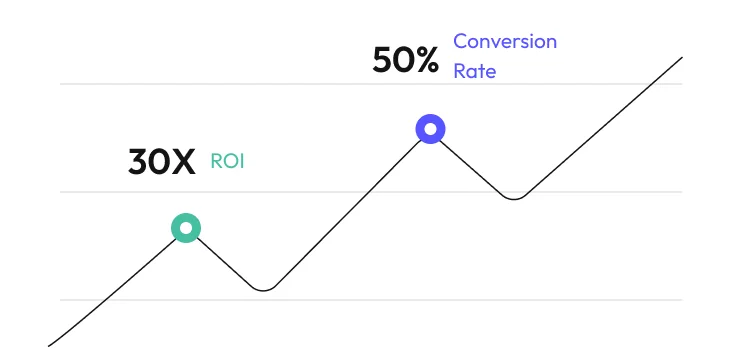Drowning in Data? How AI Can Turn Information into Actionable Insights
In today’s data-driven world, businesses are inundated with information. From customer interactions and sales data to market trends and social media mentions, the volume of data can be overwhelming. However, raw data alone is not enough. To gain a competitive edge, businesses need to be able to extract meaningful insights from this data and use it to make informed decisions.
This is where Artificial Intelligence (AI) comes into play. AI-powered tools can analyze vast datasets, identify hidden patterns, and generate valuable insights that would be impossible for humans to uncover.
Here’s how AI can help you turn data into actionable insights:
Predictive Analytics: AI algorithms can analyze historical data to predict future trends and outcomes. This can help businesses forecast demand, anticipate customer needs, and make proactive decisions. For example, an e-commerce company can use AI to predict which products are likely to sell well during the holiday season, allowing them to optimize inventory and marketing campaigns accordingly.
Example: According to a press release from a major retailer like Amazon or Walmart, they have successfully utilized AI-powered predictive analytics to optimize their supply chain and minimize stockouts during peak seasons.
Customer Segmentation: AI can be used to segment customers based on their behavior, preferences, and demographics. This allows businesses to tailor their marketing messages and offers to specific customer groups, increasing the effectiveness of their campaigns. For instance, a retail company can use AI to identify high-value customers and offer them exclusive discounts and personalized recommendations.
Example: Link to a news article or case study (e.g., on a reputable business publication like Forbes or Harvard Business Review) showcasing how a company like Netflix or Spotify uses AI for customer segmentation and personalized recommendations.
Anomaly Detection: AI can identify unusual patterns and anomalies in data that may indicate fraud, security breaches, or other critical issues. This can help businesses proactively address potential problems and minimize risks. For example, a financial institution can use AI to detect fraudulent transactions in real-time, preventing financial losses and protecting customer accounts.
Example: Link to a news article or press release (e.g., on a cybersecurity news site or the website of a major financial institution) discussing how AI is being used to detect and prevent fraud.
Market Research: AI can be used to analyze market trends, competitor activities, and customer sentiment. This allows businesses to stay ahead of the curve, identify new opportunities, and make informed strategic decisions. For instance, a marketing team can use AI to analyze social media conversations to understand public opinion about their brand and identify emerging trends.
Example: Link to a research report or industry publication (e.g., a report from Gartner or Forrester) discussing the use of AI in market research and competitive intelligence.
By leveraging AI-powered data analysis tools, businesses can:
- Gain a deeper understanding of their customers.
- Make more informed business decisions.
- Improve operational efficiency.
- Gain a competitive advantage.
In conclusion, AI is transforming the way businesses use data. By harnessing the power of AI, businesses can unlock valuable insights from their data and use them to drive growth, improve customer satisfaction, and achieve their business goals.
Contact us today to learn how AI can help you turn your data into actionable insights.



